Joana Campos
Towards Explainable Social Agent Authoring tools: A case study on FAtiMA-Toolkit
Jun 07, 2022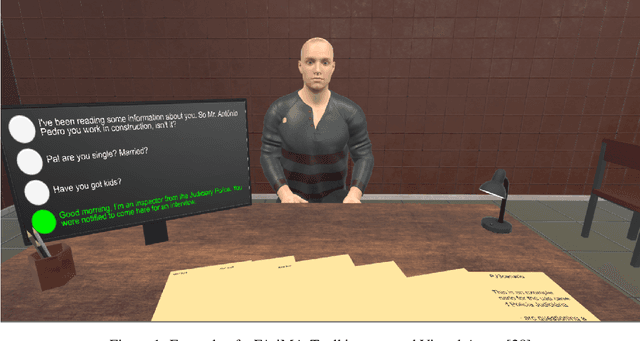

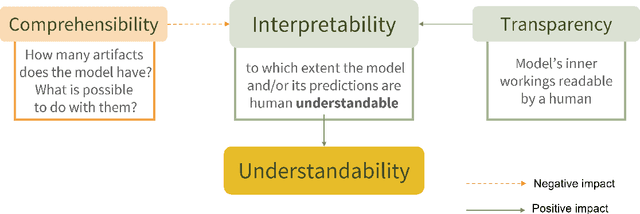

Abstract:The deployment of Socially Intelligent Agents (SIAs) in learning environments has proven to have several advantages in different areas of application. Social Agent Authoring Tools allow scenario designers to create tailored experiences with high control over SIAs behaviour, however, on the flip side, this comes at a cost as the complexity of the scenarios and its authoring can become overbearing. In this paper we introduce the concept of Explainable Social Agent Authoring Tools with the goal of analysing if authoring tools for social agents are understandable and interpretable. To this end we examine whether an authoring tool, FAtiMA-Toolkit, is understandable and its authoring steps interpretable, from the point-of-view of the author. We conducted two user studies to quantitatively assess the Interpretability, Comprehensibility and Transparency of FAtiMA-Toolkit from the perspective of a scenario designer. One of the key findings is the fact that FAtiMA-Toolkit's conceptual model is, in general, understandable, however the emotional-based concepts were not as easily understood and used by the authors. Although there are some positive aspects regarding the explainability of FAtiMA-Toolkit, there is still progress to be made to achieve a fully explainable social agent authoring tool. We provide a set of key concepts and possible solutions that can guide developers to build such tools.
CHARET: Character-centered Approach to Emotion Tracking in Stories
Feb 15, 2021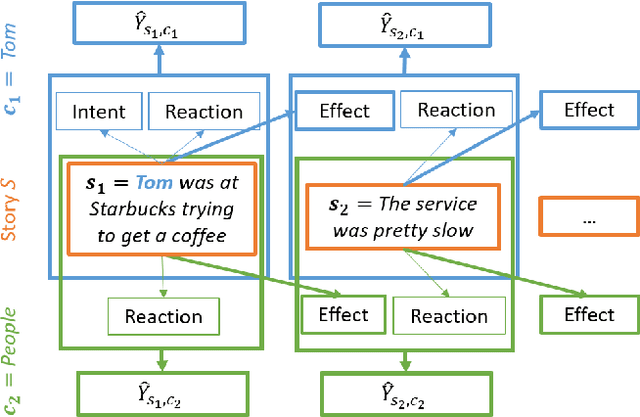
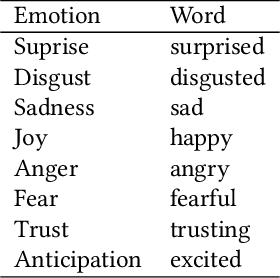
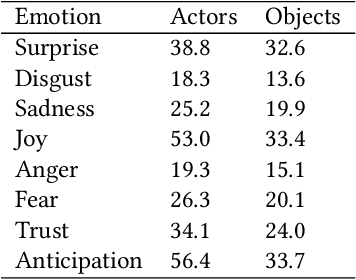
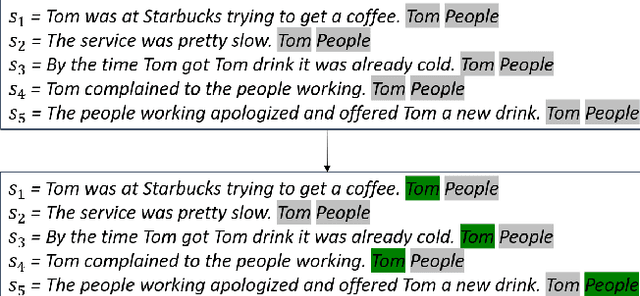
Abstract:Autonomous agents that can engage in social interactions witha human is the ultimate goal of a myriad of applications. A keychallenge in the design of these applications is to define the socialbehavior of the agent, which requires extensive content creation.In this research, we explore how we can leverage current state-of-the-art tools to make inferences about the emotional state ofa character in a story as events unfold, in a coherent way. Wepropose a character role-labelling approach to emotion tracking thataccounts for the semantics of emotions. We show that by identifyingactors and objects of events and considering the emotional stateof the characters, we can achieve better performance in this task,when compared to end-to-end approaches.
 Add to Chrome
Add to Chrome Add to Firefox
Add to Firefox Add to Edge
Add to Edge